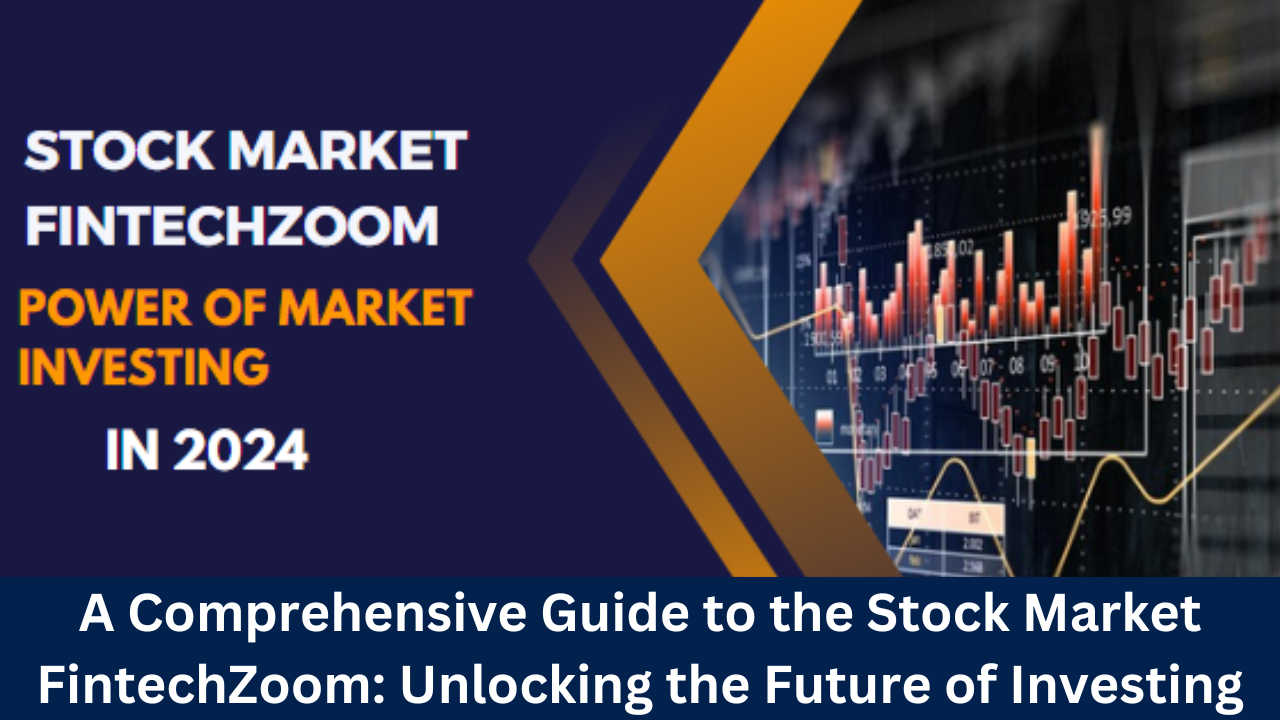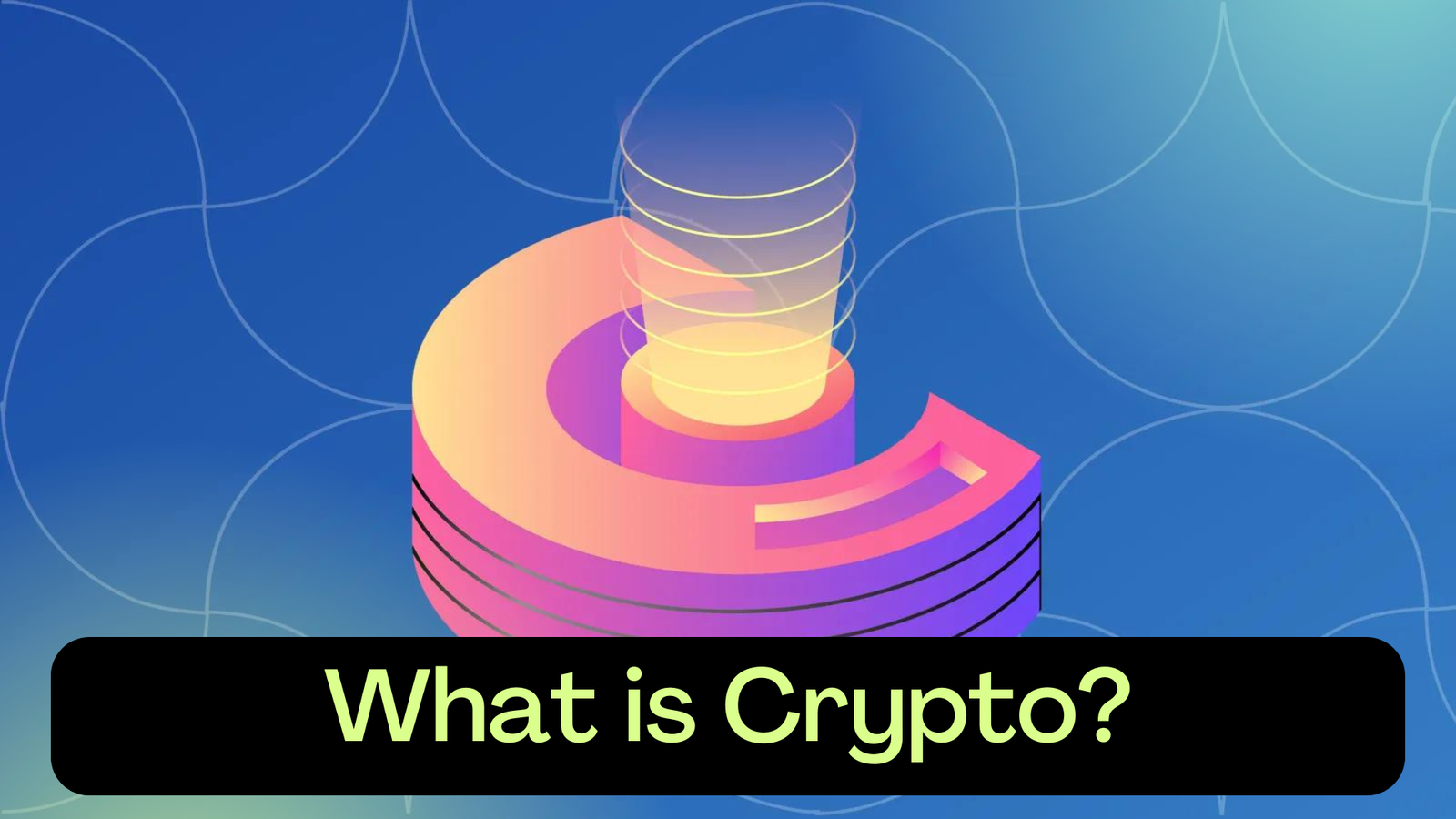What Is Crypto Options Trading?

The options market is one of the fastest-growing sectors in the cryptocurrency industry. The volume of traded Bitcoin options has more than doubled from $5.8 billion in October 2020 to $12.78 billion in July 2022, with more than $35 billion traded at the peak of the bull market in April 2021. Ethereum options are growing even faster, from $709 million in October 2020 to $11.38 billion in July 2022.
With crypto options experiencing explosive growth, it is mandatory to learn what crypto options trading is and how this new market works. In this article, we look at:
- How crypto options work
- The best options exchanges
- How crypto options derivatives work
- Bitcoin options and bitcoin derivatives
- Options trading strategies
Crypto Options Explained
Options are a cost-effective and risk-conscious way to trade digital assets or digital commodities like BTC and ETH. An option is a derivative, meaning it represents an underlying asset like BTC or ETH. With it, you can, but you don’t have to, buy or sell the underlying asset. You can do so when the option expires at a set price on the expiration date, or you can do so before the expiration date.
Important Terms:
- European Options: Options you only exercise at the expiration date.
- American Options: Options you may exercise before the expiration date.
- Calls: Options giving you the right to buy.
- Puts: Options giving you the right to sell.
- Strike Price: The price at which the options’ buyer can buy or sell the underlying asset at expiry.
- Option Price: The price the buyer pays to the seller for the right to buy or sell the asset at the strike price on the expiry date.
Options can be settled in cryptocurrency or fiat currency. They are traded by an options seller as call and put options. Each has an expiration date and a strike price. For example:
BTC – 30OCT22 – 25000 – C
This is a call option on Bitcoin expiring on October 30, 2022, at a strike price of 25,000.
Example Scenario:
Let’s say we want to buy one option at this strike price, with the current price being $23,000. We purchase ten options for a 0.003 premium per contract. That yields:
0.003 Bitcoin at $25,000 = $75
and because we are purchasing ten options:
10*$75 = $750
$750 is the price of our options. Each option gives us the right to purchase 0.1 Bitcoin at a price of $25,000, meaning we can buy one full Bitcoin (10*0.1) at the strike price at the expiration date.
Scenario A:
The price of BTC upon the expiry date is $26,000. We can exercise the option and collect $26,000 – $25,000 = $1,000. Minus the premium, we make a net profit of $250.
Scenario B:
The price of BTC upon the expiry date is $24,000. We choose not to exercise the option and make a net loss of $750.
For Call Options:
- If the strike price is lower than the current price of the underlying asset, the option is in the money.
- If the strike price is higher than the current price of the underlying asset, the option is out of the money.
For Put Options:
- If the strike price is higher than the current price of the underlying asset, the option is in the money.
- If the strike price is lower than the current price of the underlying asset, the option is out of the money.
At The Money:
Finally, if the strike price is equal to the current price of the underlying asset, both for calls and for puts, the option is at the money.
The Advantage of Options for Crypto:
Your downside is limited, but your upside is unlimited. Say in our example the call option expired at $30,000.
Scenario C:
The price of BTC upon the expiry date is $30,000. We can exercise the option and collect $30,000 – $25,000 = $5,000. Minus the premium, we make a net profit of $4,250.
But even if the option expires at a price lower than $24,000, we will only lose the $750 we paid for the price premium. This risk-reward dynamic is what makes options for crypto so interesting.
What Are Options Derivatives?
Options are simply a form of a derivative. A derivative is a financial contract that gets its value, risk, and basic term structure from an underlying asset.
For example, options give you the right to buy or sell an underlying asset at the expiration date. Futures are agreements to buy or sell an asset at a preset time. Simply put, with options you bet on the price of an asset going up (or down) with limited downside, whereas with futures, your downside is unlimited.
Bitcoin Options Explained
Bitcoin options are simply options that trade Bitcoin as the underlying asset. You can still write call options (you bet on the price going up) or put options (you bet on the price going down).
The Greeks:
The Greeks are another vital feature you need to know when dealing with Bitcoin options (and all other options, too). The Greeks are terms describing the factors that influence an option’s price. There is:
- Delta: Measuring the sensitivity of the option’s price in case of a one-point move in the price of Bitcoin.
- Gamma: Measuring the option’s delta move in case of a one-point move in the price of Bitcoin.
- Theta: Measuring the option’s price decay over time. For instance, a high theta is closer to the expiration date.
- Vega: Measuring an option’s sensitivity to implied volatility in the price of Bitcoin. It measures the change in an option’s premium for every 1% change in volatility.
- Rho: Measuring the sensitivity of an option’s price to changes in interest rates.
Greeks are fairly complex and take some practice to understand.
Bitcoin Derivatives Explained
Other bitcoin derivatives besides options are futures, perpetual futures, and swaps. Just like other assets, Bitcoin derivatives get their value, risk, and basic term structure from BTC as the underlying asset.
Crypto Options Trading Strategies
The strategy you use for options will determine your success. Here are a few:
1. Covered Calls
A covered call is an options strategy where you sell call options on a stock you already own in order to generate income. The call options you sell will have a strike price and an expiration date. If the stock price goes up, the call buyer may exercise their option to buy your stock at the strike price, but you will still profit because you sold the option for more than the strike price. If the stock price goes down, you will still profit from the option premium you received.
2. Naked Puts
A naked put is an options strategy where you sell put options on a stock without owning the underlying stock. This is a bullish strategy because you are betting that the stock price will go up. If the stock price does go up, the put option will expire worthless and you will keep the premium. If the stock price goes down, you may be assigned and will have to buy the stock at the strike price, but you will still profit from the premium you received.
3. Bull Call Spread
A bull call spread is an options strategy where you buy call options and sell them at a higher strike price. This is a bullish strategy because you are betting that the stock price will go up. If the stock price does go up, the call options you sold will expire worthless and you will keep the difference between the strike prices as profit. If the stock price goes down, you may lose money on the call options you bought, but you will still profit from the call options you sold.
4. Bear Put Spread
A bear put spread is an options strategy where you buy put options and sell them at a lower strike price. This is a bearish strategy because you are betting that the stock price will go down. If the stock price does go down, the put options you sold will expire worthless and you will keep the difference between the strike prices as profit. If the stock price goes up, you may lose money on the call options you bought, but you will still profit from the put options you sold.
5. Iron Condor
An iron condor is an options strategy where you sell call options and put options with different strike prices. This is a neutral strategy because you are betting that the stock price will stay within a certain range. If it does stay within the range, both the call options and put options you sold will expire worthless and you will keep the premiums as profit. If the stock price goes outside of the range, you may lose money on the options you sold, but you will still profit from the options you bought.




